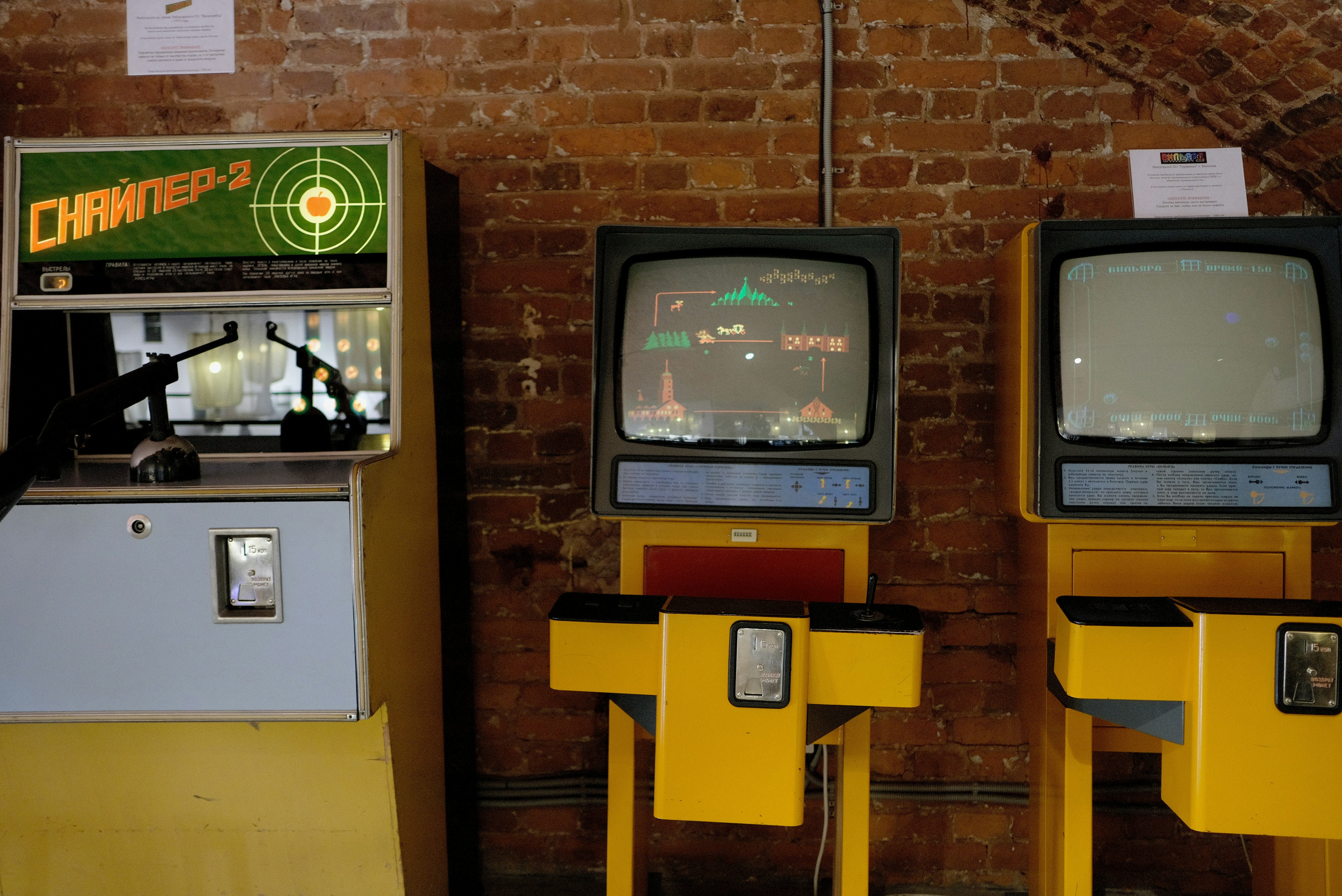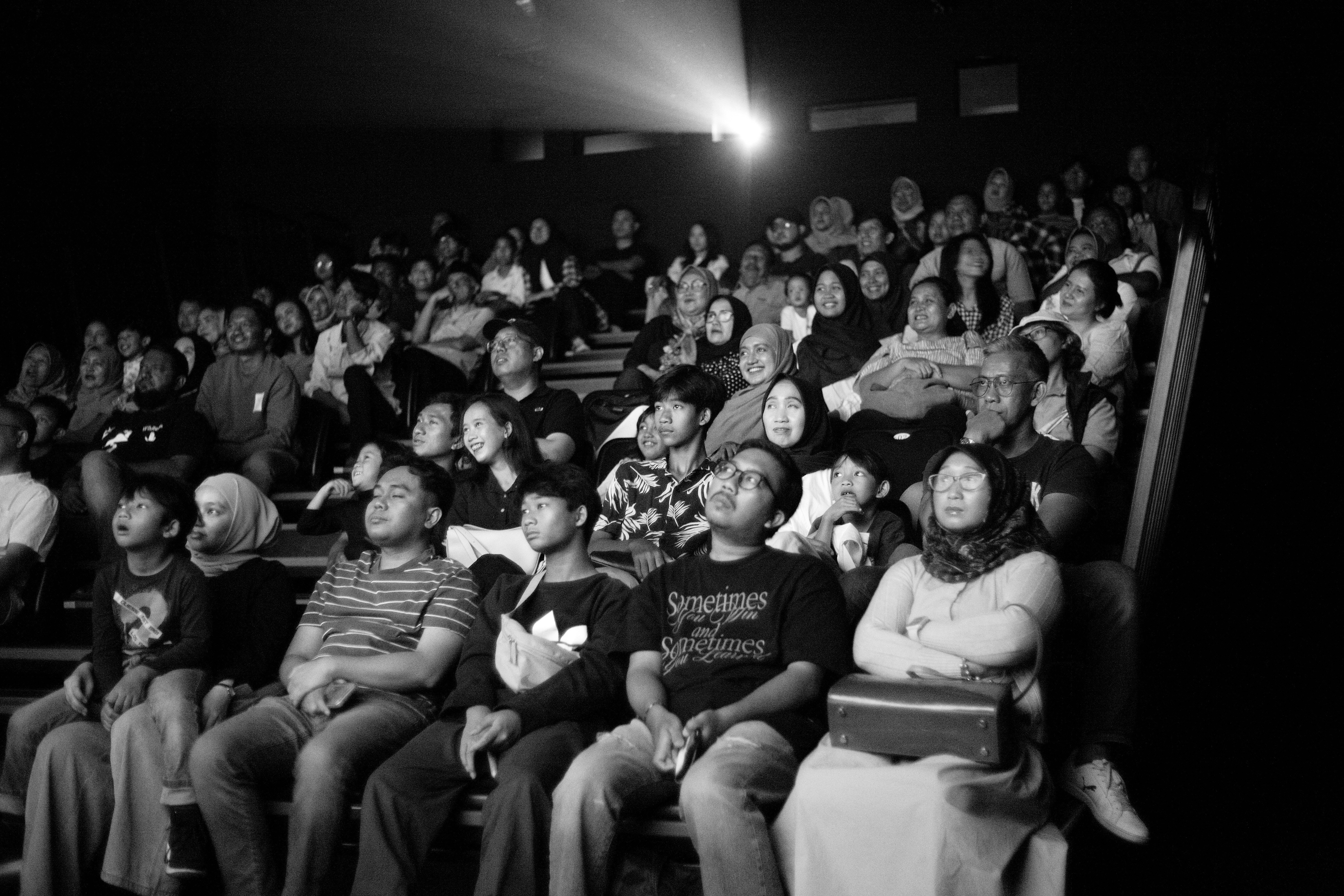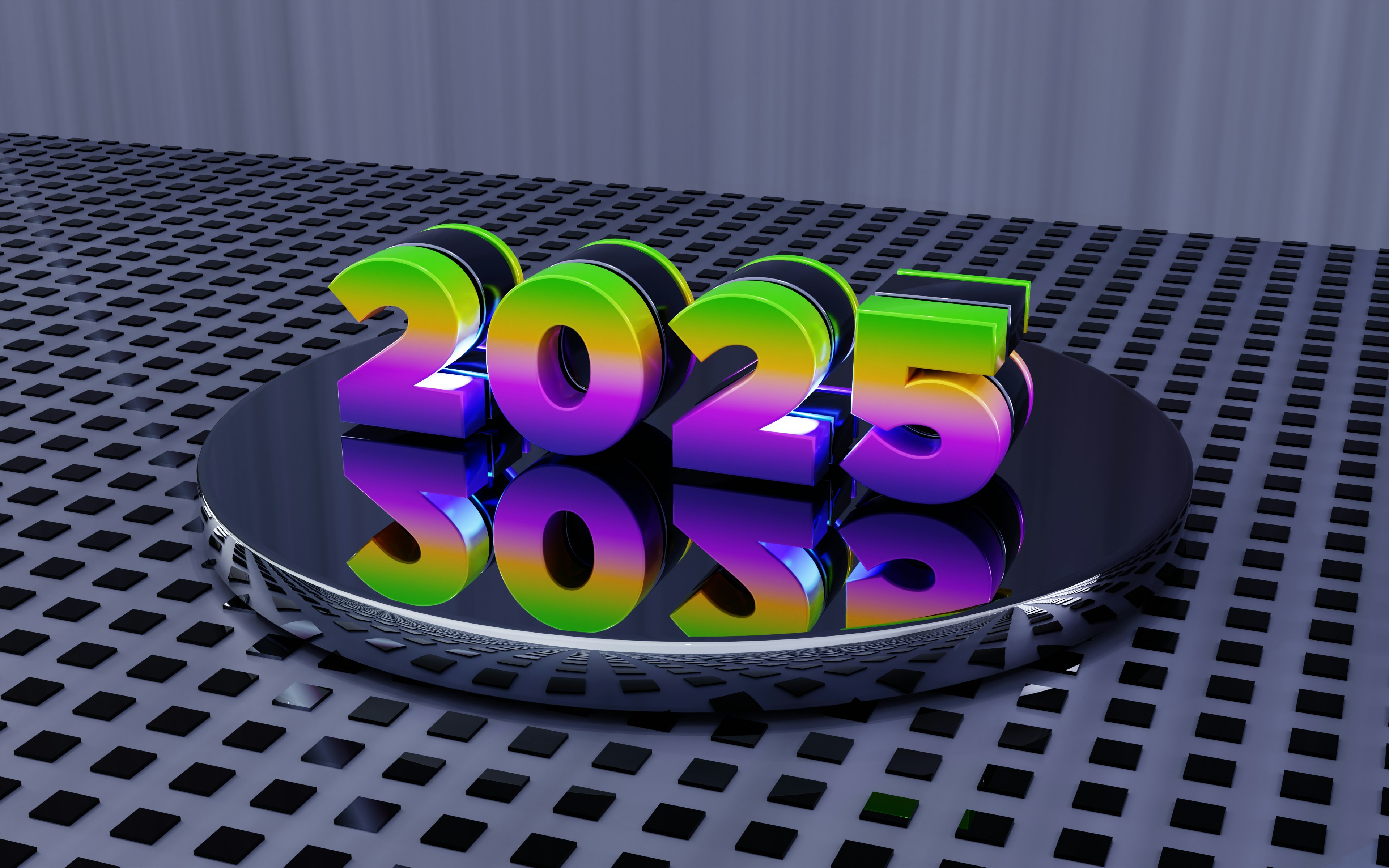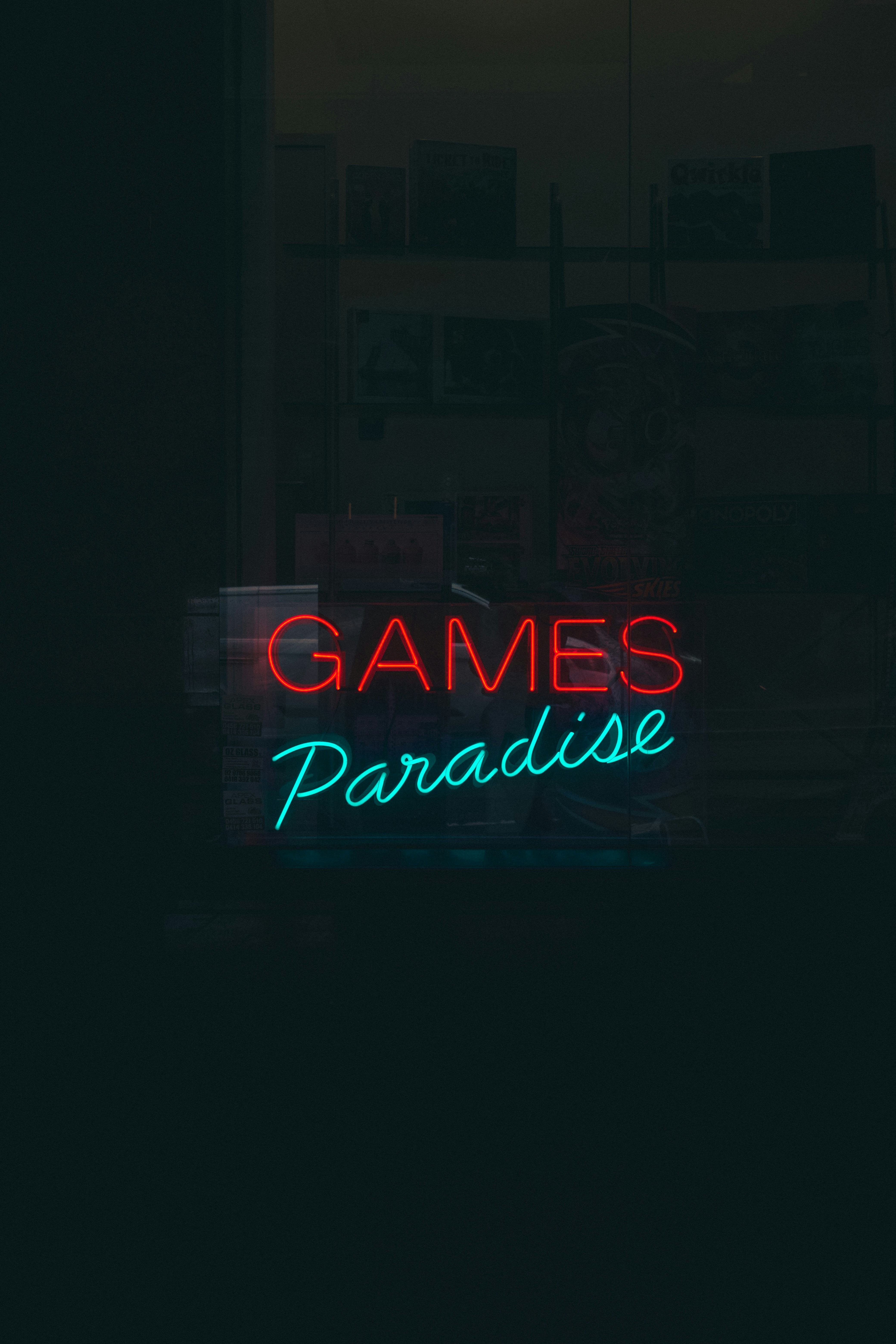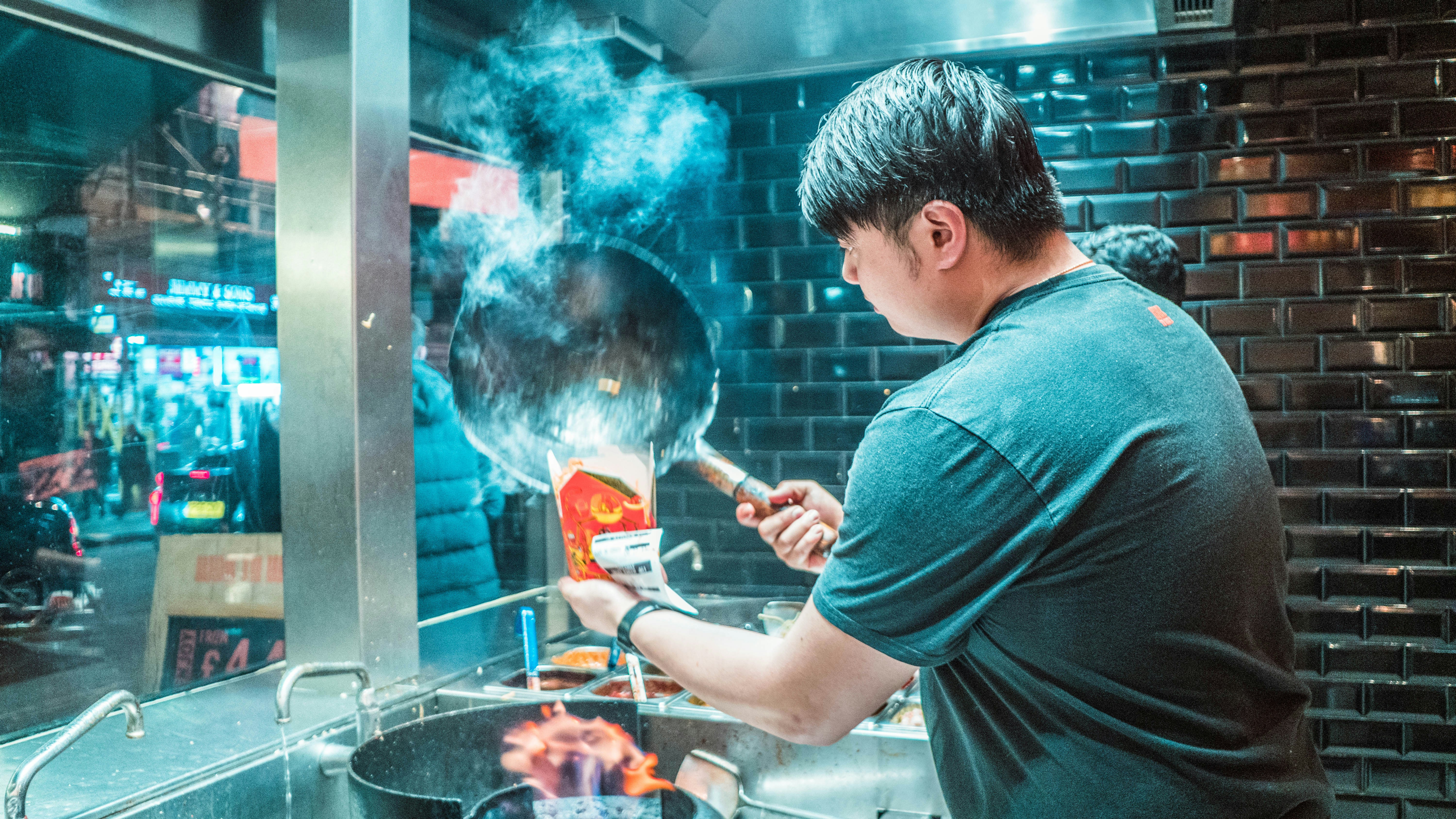Digital Nostalgia: Retro Gaming's Impact on Modern Design
Retro gaming is making an unexpected comeback, influencing how modern games are designed and how communities of players engage with them. It's a nostalgic wave that combines pixel art, chiptunes, and gameplay mechanics that harken back to the golden age of gaming, resonating with both old-school enthusiasts and newcomers. The intriguing question is: why is the retro aesthetic captivating today's players and developers alike?
As you dive into the world of contemporary games shaped by nostalgia, it becomes clear that something deeper is at play than mere style choice. This article explores how generational nostalgia impacts game design and community engagement, and the role it plays in crafting tutorials for players of varying experience levels. Through expert insights and in-depth analysis, we’ll uncover the intricate connections players form with retro games and what this means for the future of gaming.
The Resurgence of Retro Aesthetics in Modern Gaming
A Wave of Nostalgia
The revival of retro aesthetics isn't just a trend; it’s a cultural phenomenon. As millennials and Gen Z players, who have grown up with classic video games, step into roles as developers and consumers, there is a conscious desire to recreate the magic of those early gaming experiences. According to a report from the Entertainment Software Association, over 60% of players express a strong emotional connection to the games they played as children. This sentiment fuels the popularity of pixel art graphics and chiptunes, effectively transporting players back to simpler times where gameplay mattered more than photorealism.
Indie developers such as Toby Fox, the mind behind Undertale, and ConcernedApe, the creator of Stardew Valley, have successfully captured hearts using retro aesthetics while infusing modern narratives and mechanics. The impact is profound: this blend not only garners interest from nostalgic players but also garners new fans drawn to the vibrant communities surrounding these games.
Community Engagement Through Shared Memory
The retro aesthetic is revitalizing more than just the graphical style of games. It is promoting a sense of community among players who share similar experiences. Platforms like Discord and specialized gaming forums witness players addressing various topics—from nostalgic tales about classic consoles to collaboration on retro-inspired gameplay development.
A notable example of community engagement comes from Stardew Valley, where players regularly share tips on farming mechanics, crafting strategies, and even recipes within the game. These interactions can often be found mirrored in the real world, much like how cooking mechanisms in gaming bring to life common culinary quests—proven in our article on the culinary influences of games.
Exploring the Developers' Perspective
In understanding the nuances of retro aesthetics, it's pertinent to shed light on the developers’ motivations. Through interviews with industry veterans, several compelling narratives emerge. For instance, game designer Dylan Cuthbert, known for Cubivore and Star Fox, has expressed how the limitations of older gaming technology foster innovation. "Designing within constraints challenged my creativity. It forced us to focus on fun mechanics over flashy graphics," Cuthbert stated during a panel at the annual IndieCade festival.
Furthermore, developers are increasingly using retro aesthetics to create shared experiences that encourage collaboration and player-driven economies. The businesses built around retro gaming merchandise and online tournaments foster a sense of belonging among fans across generations.
The Psychological Ties to Nostalgia in Gaming
Nostalgia as a Gateway to Connection
Psychologically, nostalgia serves as a powerful tool that strengthens emotional connections. A study published in the journal Social and Personality Psychology Compass found that nostalgic experiences can boost individuals’ outlooks on life while fostering social connections. In gaming, this translates to players forming bonds with others while revisiting games that they once loved or discovering classics through modern adaptations.
Engaging New Audiences
While many players thrive on nostalgia, developers must cater to new audiences that have yet to experience the charm of retro games. For instance, integrating modern design principles with retro mechanics can deliver engaging content that appeals to various demographics. Tutorial systems designed thoughtfully can help onboard novice players while still providing depth for seasoned gamers.
Resources such as our article on video game accessibility further emphasize how tutorial and learning mechanics should evolve alongside game design, ensuring an inclusive environment.
Tutorials Tailored for Every Player
Bridging Generations Through Learning
The blending of retro aesthetics and modern design also manifests in how tutorials are presented. Developers are opting for more immersive teaching methods that reflect how retro games were communicated in simpler times. This allows knowledge transfer across generations, making it more accessible for new players while keeping experienced gamers engaged with intricate mechanics.
Example: You might find tutorials that gamify learning experiences—players can complete level-specific objectives to unlock new skills or retro-themed rewards, thus reinforcing the nostalgia associated with classic gameplay. Engaging tutorials not only improve player experience but significantly impact retention rates, which is vital for game communities.
Creating Insightful Content
In crafting tutorials, developers are also tapping into the wisdom of communities. Gamer forums are filled with creative solutions to common challenges faced in games. The community's knowledge can be compiled, ensuring a wealth of engaging content is made available to players seeking help during their gaming experience.
The Importance of Evolving with Trends
It's crucial for developers to stay updated with modern tutorials aligned with emerging trends in gameplay. Reference to our post on eco-gaming and its growing importance among player communities illustrates how game tutorials are adapting. By integrating themes like environmental awareness and social responsibility into game design and tutorials, developers can tap into current issues that resonate with players, creating not just games, but movements.
Influencing Future Game Design Trends
The Shaping of Tomorrow’s Games
The nostalgia-driven wave isn't merely influencing aesthetic choices but is also shifting the ideation process within game development. Developers are now more inclined to experiment with retro gameplay mechanics while incorporating modern storytelling and technology—leading to a profound evolution in design paradigms.
As we look to the future, the blending of styles will dominate the indie landscape and mainstream titles alike. Developers remain cognizant of the need to balance nostalgia with innovation, ensuring that old-school fans and newcomers alike have a place in this unfolding narrative.
The Role of Player Feedback
Beyond aesthetics, player feedback is paramount in shaping game design. Many developers now utilize platforms like Steam and social media to gauge player sentiment actively. This ongoing dialogue creates a collaborative design process, allowing developers to refine gameplay using community insights, leading to experiences that resonate with specific audiences.
As highlighted in our post on multisensory game design, employing player feedback is not about satisfying simple market trends but enriching the gaming experience to create a genuine connection—an essence rooted in nostalgia.
Final Thoughts
The resurgence of retro aesthetics in gaming has transcended mere nostalgia to become a significant cultural movement within the industry. As we explore the intersection of past and present, it becomes obvious that these experiences are shaping the future of game design and player communities alike.
By tapping into this shared sense of nostalgia, developers are in a unique position to craft experiences that resonate with both seasoned gamers and newcomers. The future of gaming is bright, fueled by memories of the past while embracing the possibilities of tomorrow.
As a reader, you are now equipped to explore these nostalgic depths on your own, engage with communities, and perhaps, even reimagine your gaming journey. Join this vibrant narrative by immersing yourself in both retro classics and innovative modern titles that pay homage to their heritage.
